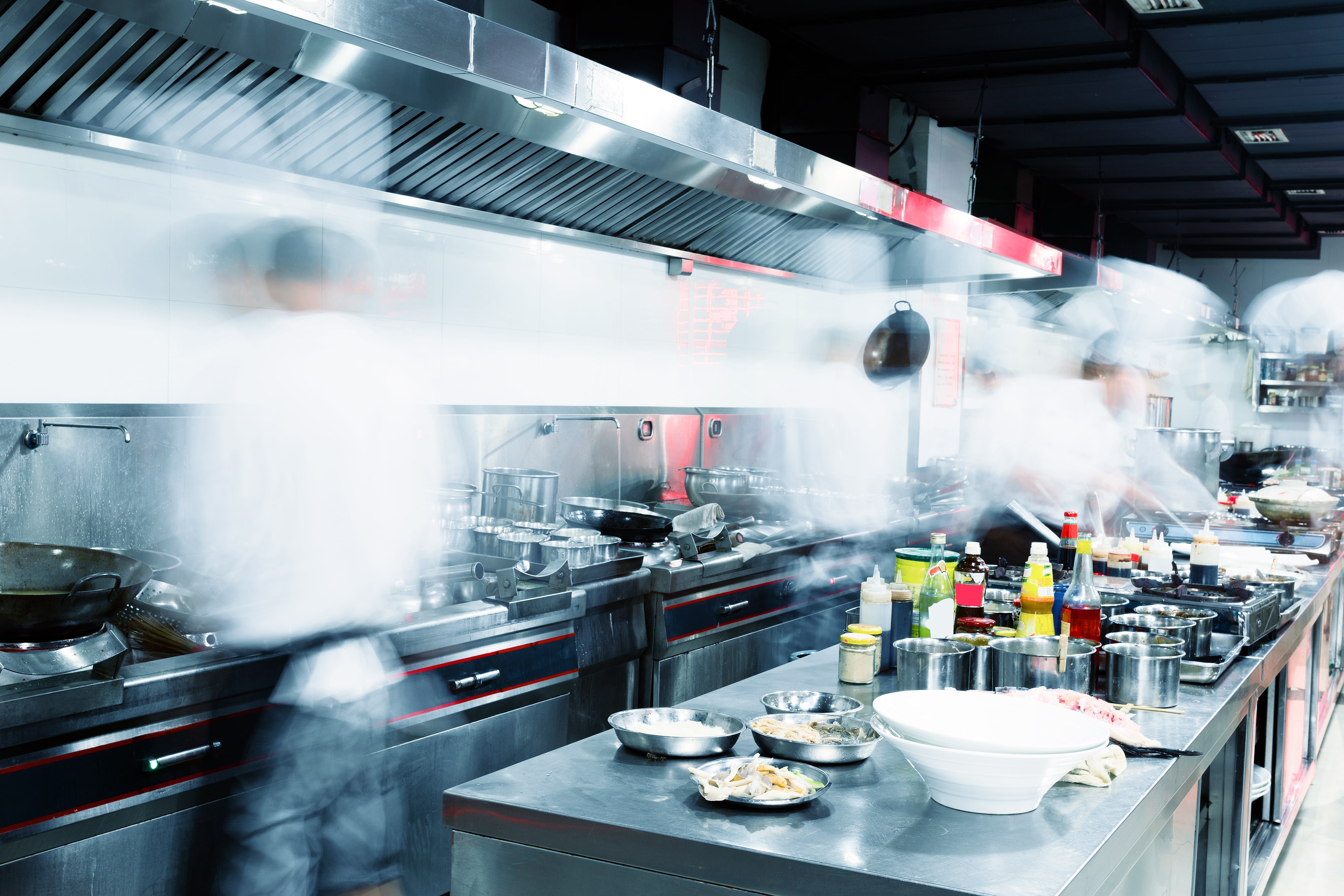
The US’ longest stretch of job growth on record came to an end this September, with hurricanes Irma and Harvey leaving payroll growth depressed as tens of thousands lost their jobs.
However, the US Department of Labor’s most recent jobs report has shown October 2017 as a month in which employment rates bounced back, with 261,000 created in the US economy. Leading the employment upturn was the hospitality industry. Food and drink outlets increased jobs by 89,000 – a sigh of relief after the 98,000 that had been lost in the September drop.
However, consultant Arlene Spiegel FCSI, founder of Arlene Spiegel & Associates, has noticed changes in the F&B industry from her company’s New York location, suggesting that change has to do with more than the recent hurricanes.
The perfect storm
Despite the tendency to link the recent troughs and peaks in employment to the hurricanes sweeping the lower mid- and eastern- states this past autumn, economists are wary to link the activity directly to the weather as a casual explanation.
Spiegel believes that the recent growth in hospitality employment is representative of the increasing popularity of the restaurant industry and the demands consumers are placing on the market.
“Restaurant jobs are steadily increasing because restaurant businesses are increasing,” Spiegel explains. “Restaurants are no longer ‘stand alone’ businesses, but part of supermarkets, retail stories, and academic and cultural institutions”.
In explaining the sporadic employment figures between September and October, it is clear that steady rise in employment over previous years in the US would likely have been hard to sustain. More people employed means less people hunting for jobs. The hurricanes may have sharpened this effect, but economists are only willing to liken the storms and employment figures in correlation.
F&B will continue to grow
The findings in the October Jobs Report reveal other forces at play than just September’s harsh weather conditions. Spiegel believes the hospitality industry is at a turning point, with Millennials shaping the industry.
“These lifestyle drivers have turned the industry upside down,” she elaborates. “For Millennials, convenience, impulse hunger and new adventures have given rise to more automation, online order, third-party delivery platforms and customized loyalty incentives”.
Spiegel is confident that, because of these new market demands, the food and beverage industry is one that is able to withstand economic turbulence. “The hospitality industry has proven to be very flexible and smart in reinventing itself based on real estate, labor and other economic ups and downs,” she explains.
“The old adage ‘everyone has to eat!’ still holds true. With food and meal solutions so much in demand, growth will continue,” Spiegel says.
Emily Lewis
